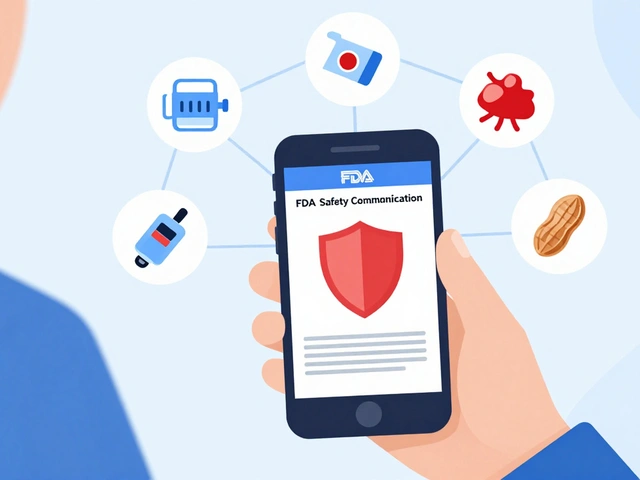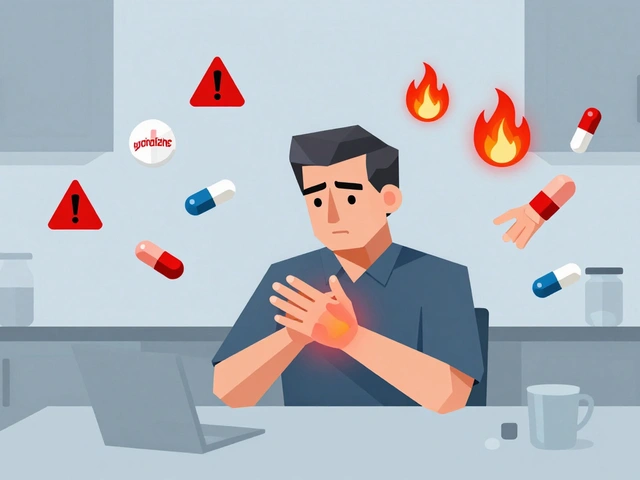Combination Medications: How They Work and How to Use Them Safely
Some pills have two or three active drugs packed into one tablet or inhaler. That can mean fewer pills to take and faster relief — but it also raises the risk of interactions, duplicate therapy, or unexpected side effects. This page explains what combination medicines are, when they help, and the simple checks you should do before taking or buying them.
What a combination medicine actually is
A combination medication includes two or more active ingredients meant to work together. Examples you probably know: Bactrim (trimethoprim plus sulfamethoxazole) for infections, or modern inhalers that combine bronchodilators and steroids for COPD. Sometimes combinations are made to improve effectiveness, reduce resistance, or cut down how many doses a patient needs each day.
Why choose a combo pill? It can simplify treatment and improve adherence — people stick to therapy when there are fewer tablets. But combos aren’t always the best choice. If you need to adjust one component (lower dose, stop for side effects), you may lose the benefit of the other. That’s why doctors pick combos when the balance of benefit and risk fits the patient.
How to check a combination medicine
Before you take a combo product, do these quick checks: read the active ingredients on the package, review the dose of each ingredient, and confirm there’s no overlap with other drugs you’re already taking (for example, two medicines with the same pain reliever). If a box lists unfamiliar drug names, look them up or ask your pharmacist. Also check for warnings about pregnancy, liver or kidney disease, and common side effects.
Pay attention to drug interactions. A combo that looks convenient might increase risk when mixed with blood thinners, some blood pressure meds, or antidepressants. If you take multiple prescriptions, bring a full list to your provider or pharmacist so they can spot dangerous overlaps.
Buying and using combos safely
If you order medicines online, pick a reputable pharmacy and always require a prescription when one is needed. Don’t buy combo antibiotics or other prescription drugs from sites that skip a doctor’s review — counterfeit or incorrect dosing is a real danger. Store combination products exactly as labeled, keep them away from heat and humidity, and note expiry dates; components can degrade differently over time.
When starting a combo, watch for new or worsening symptoms for the first few days and report anything concerning: rashes, breathing trouble, severe stomach upset, or extreme dizziness. If a single side effect is strong, your prescriber may switch you to separate drugs so one component can be adjusted without losing the other’s benefit.
Want more on specific combos? Use this tag to find articles on Bactrim, inhaler comparisons, drug interactions, and safe online purchases. Read the product pages, check the evidence, and always ask your clinician if a combination fits your situation.
In my recent research, I've discovered the profound benefits of combining acetyl-l-carnitine with other brain-boosting supplements. Acetyl-l-carnitine alone is great for enhancing cognitive functions, but when paired with other supplements, the results can be even more impressive. This blend can improve memory, increase focus, and boost overall brain health. Additionally, it can help to protect the brain from age-related decline and improve mood. So, if you're looking to optimize your mental clarity, this combination could be an effective strategy.
Continue reading...






